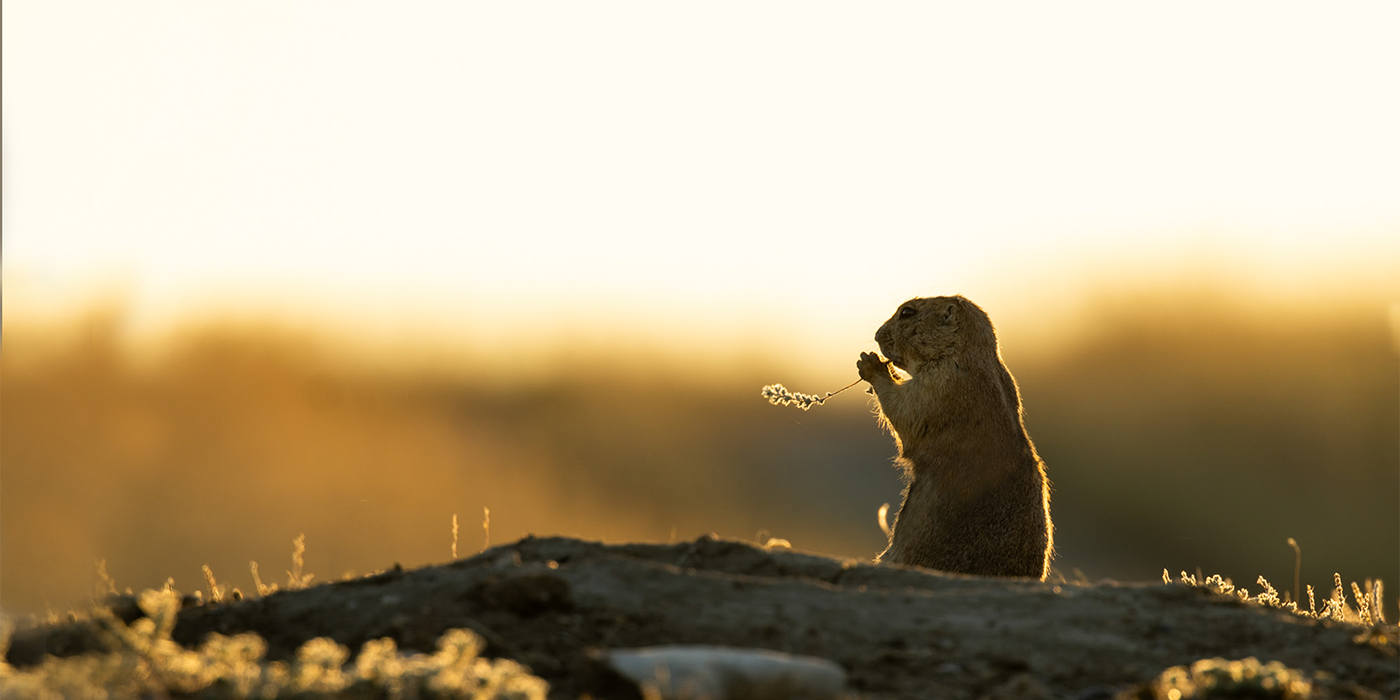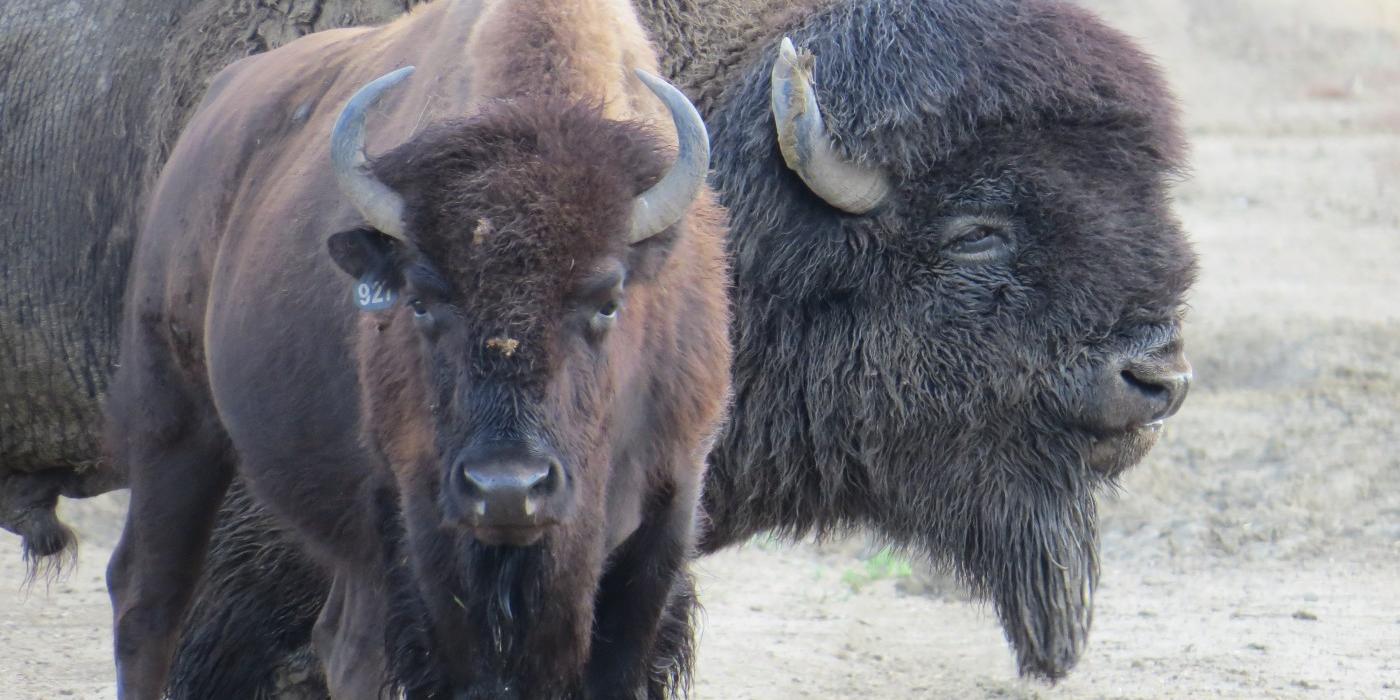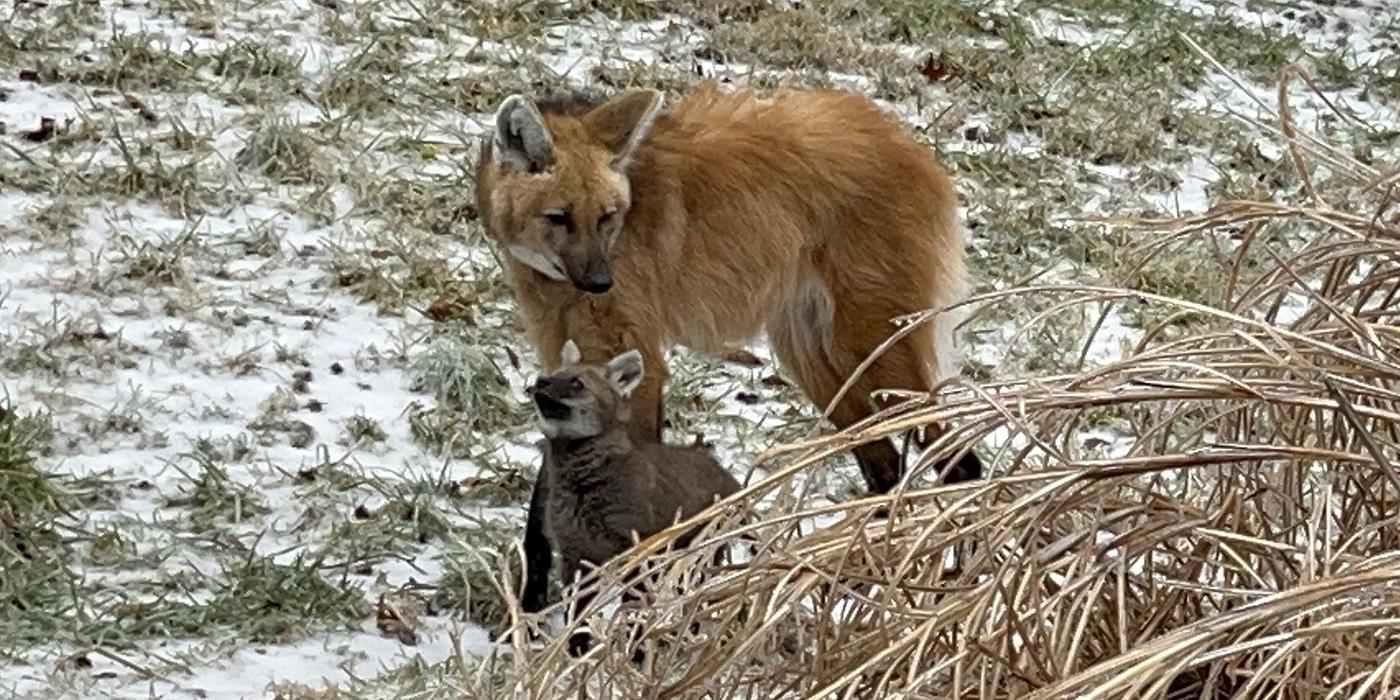Hartmann’s Mountain Zebra Dies at the Smithsonian Conservation Biology Institute
Hoofstock keepers at the Smithsonian Conservation Biology Institute (SCBI) are mourning the loss of Yvonne, a 15-year-old female Hartmann’s mountain zebra who was humanely euthanized Dec. 31, 2017. The median life expectancy for a female of this species is 15 years.
SCBI animal care staff had been treating Yvonne for weight loss, and keepers worked closely with Smithsonian’s National Zoo nutritionists to modify Yvonne’s diet and improve her body condition. She received a veterinary exam Dec. 30 for signs of weakness observed earlier that day. Later that afternoon, however, she became recumbent and unable to stand. That evening, her condition deteriorated despite supportive care. On the morning of Dec. 31, staff made the decision to humanely euthanize her due to poor prognosis and quality of life. A final pathology report will provide more information in the coming weeks.
Yvonne arrived at SCBI in June 2016 following an Association of Zoos and Aquariums’ Species Survival Plan breeding recommendation. SCBI researchers are studying this species to develop assisted reproduction techniques vital to the zebras’ conservation. Two other Hartmann’s mountain zebras—4-year-old male Raylan and 5-year-old female Xolani—continue to thrive at SCBI.
Hartmann’s mountain zebras are a subspecies of the mountain zebra, which is one of three zebra species. Considered vulnerable by the International Union for Conservation of Nature, Hartmann’s mountain zebras live in dry mountain habitats of Namibia. Unlike other zebra species, Hartmann’s mountain zebras live in small herds, have vertical stripes on their neck and torso and horizontal stripes on their backside, and have a small fold of skin under their chin (called a dewlap). With less than 25,000 individuals left in the wild, the biggest threat to this species’ survival is habitat loss and fragmentation as the result of livestock production and agriculture.
SCBI plays a leading role in the Smithsonian’s global efforts to save wildlife species from extinction and train future generations of conservationists. SCBI spearheads research programs at its headquarters in Front Royal, Va., the Smithsonian’s National Zoo in Washington, D.C., and at field research stations and training sites worldwide. SCBI scientists tackle some of today’s most complex conservation challenges by applying and sharing what they learn about animal behavior and reproduction, ecology, genetics, migration and conservation sustainability.
# # #
Photo credit: Dolores Reed, Smithsonian Conservation Biology Institute




